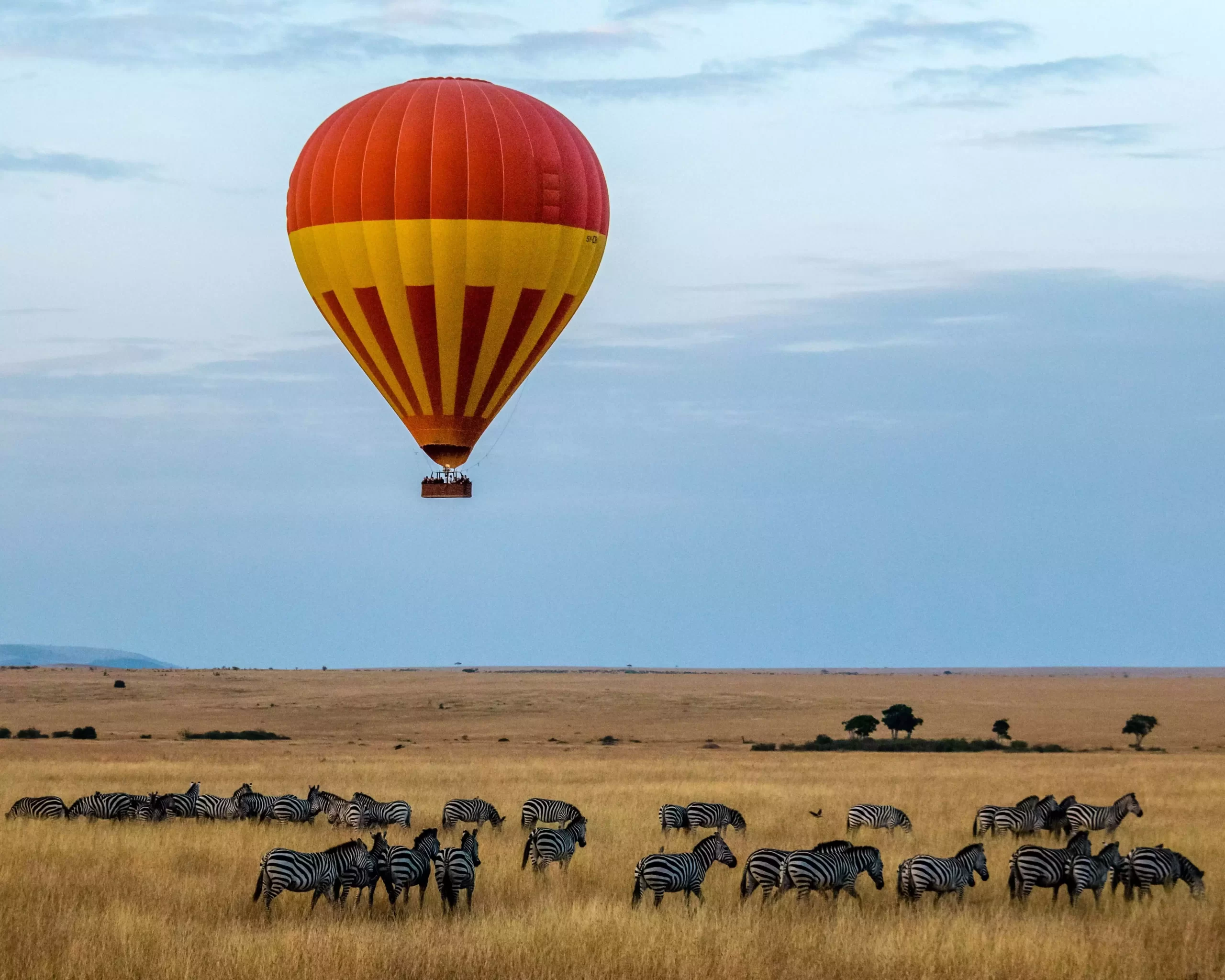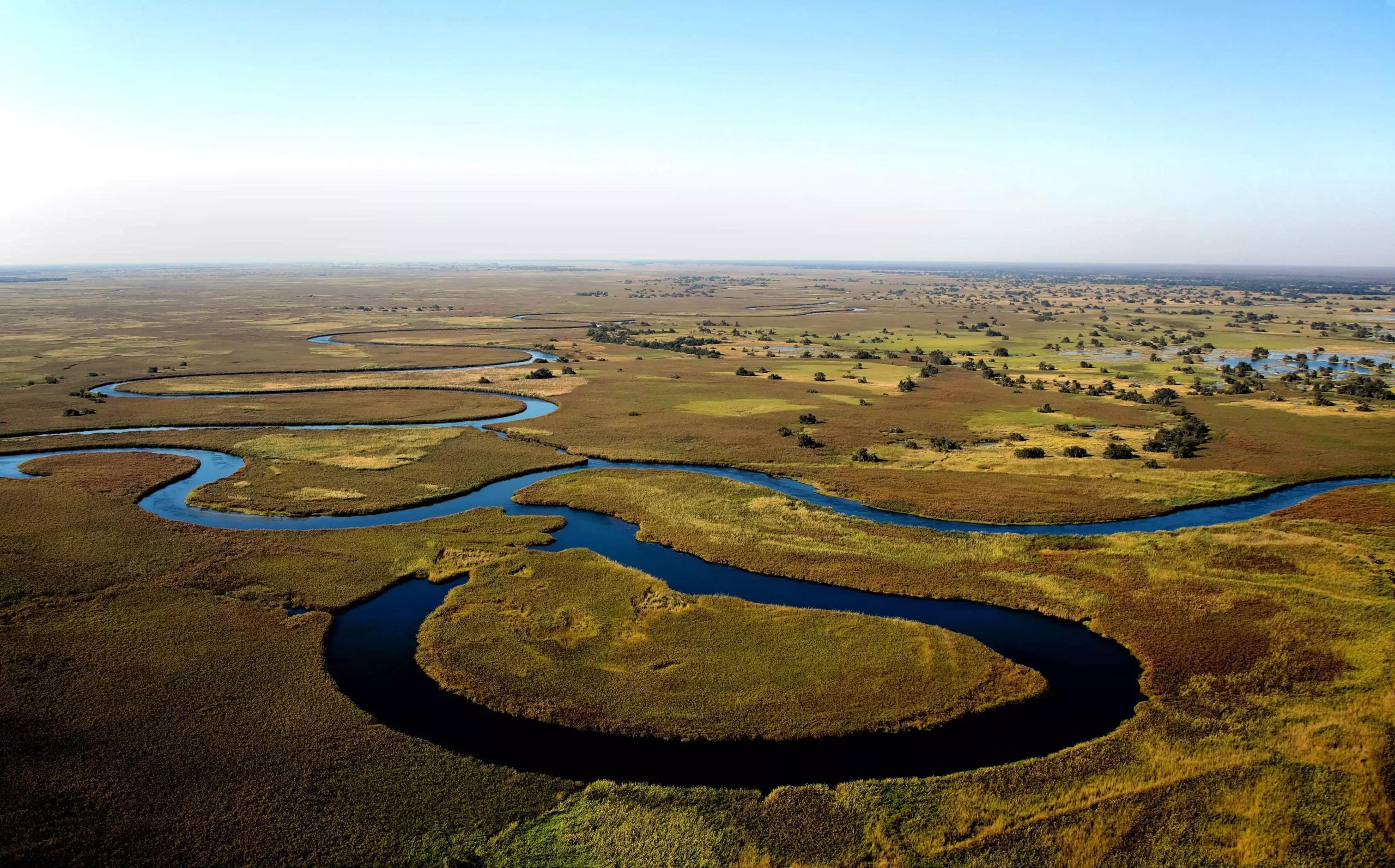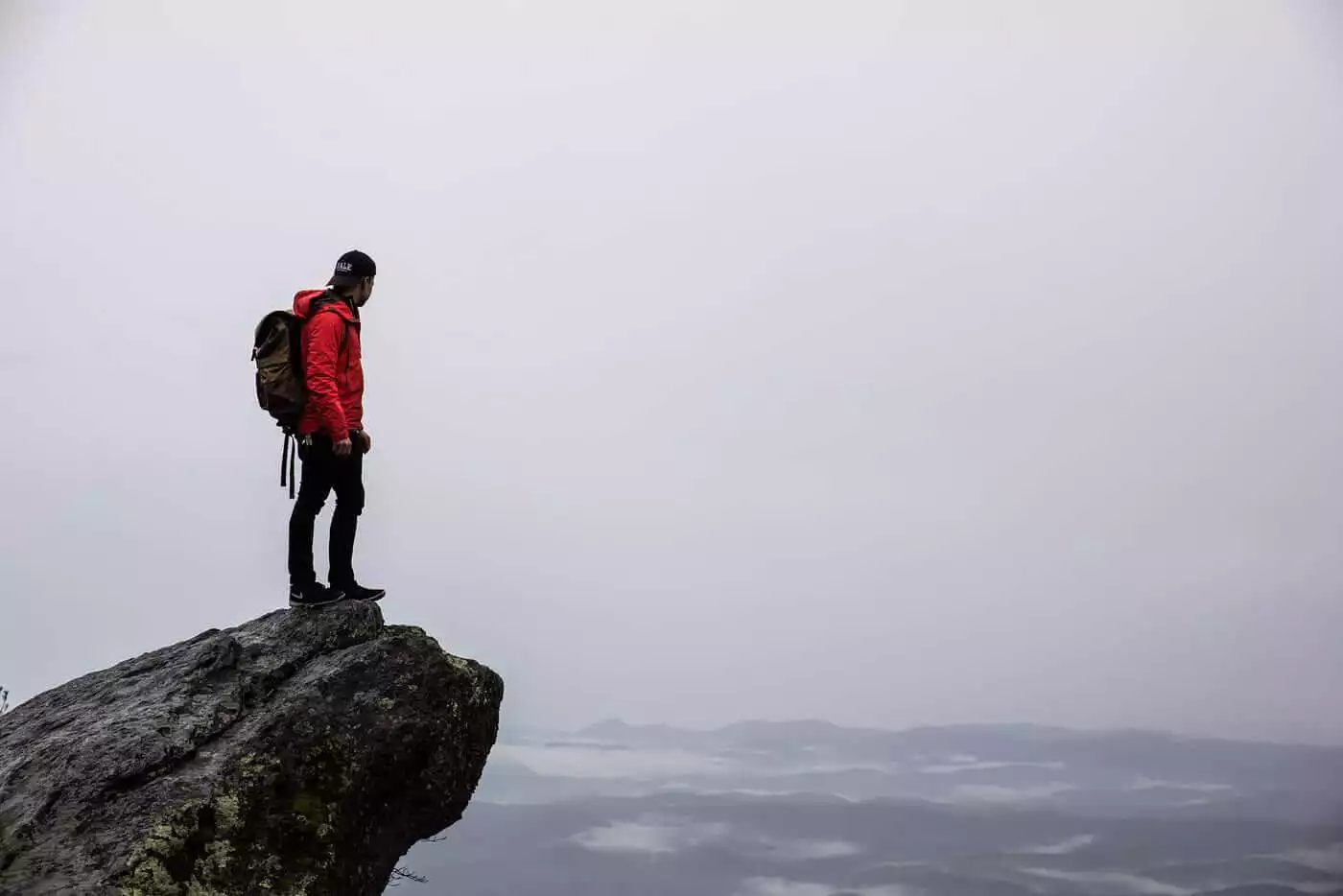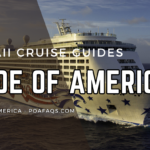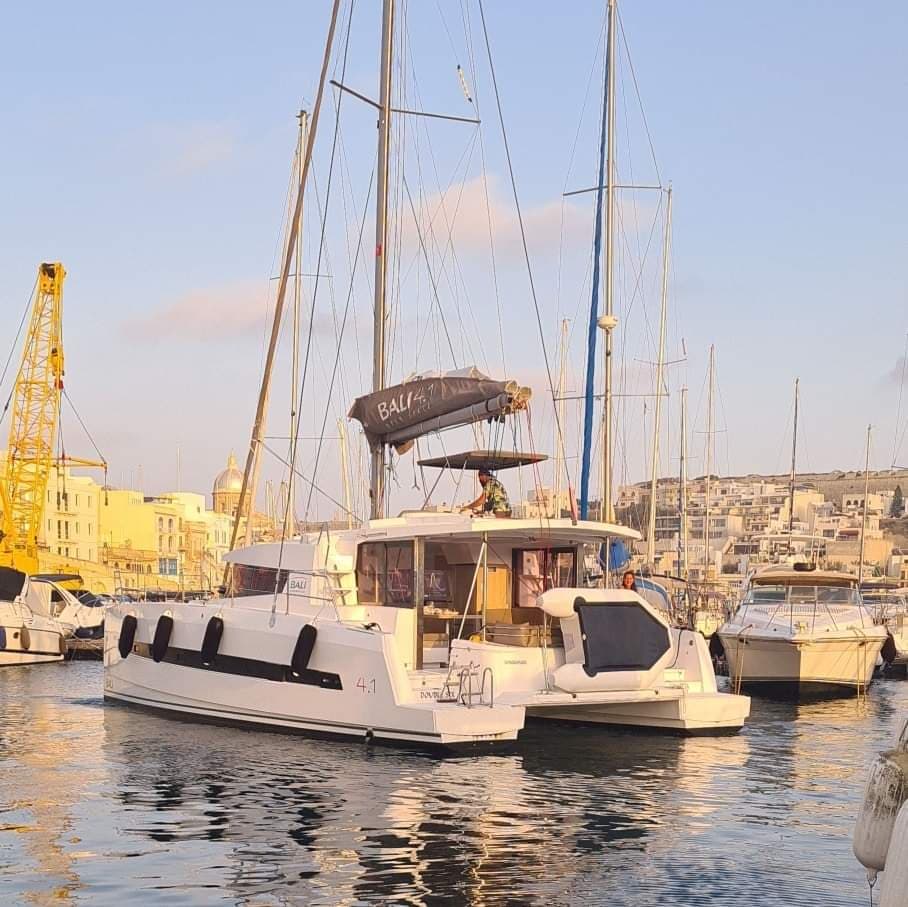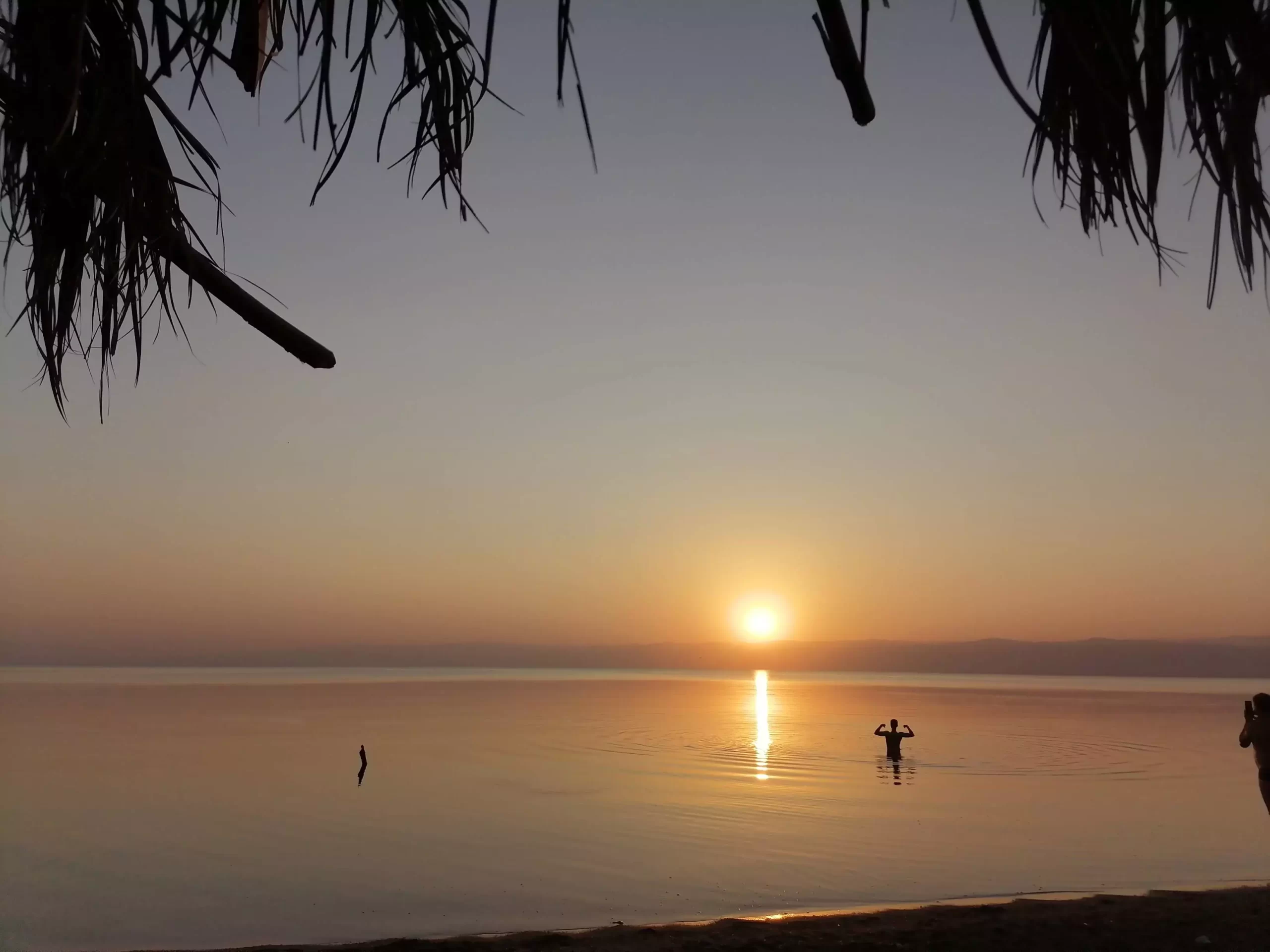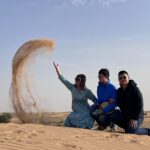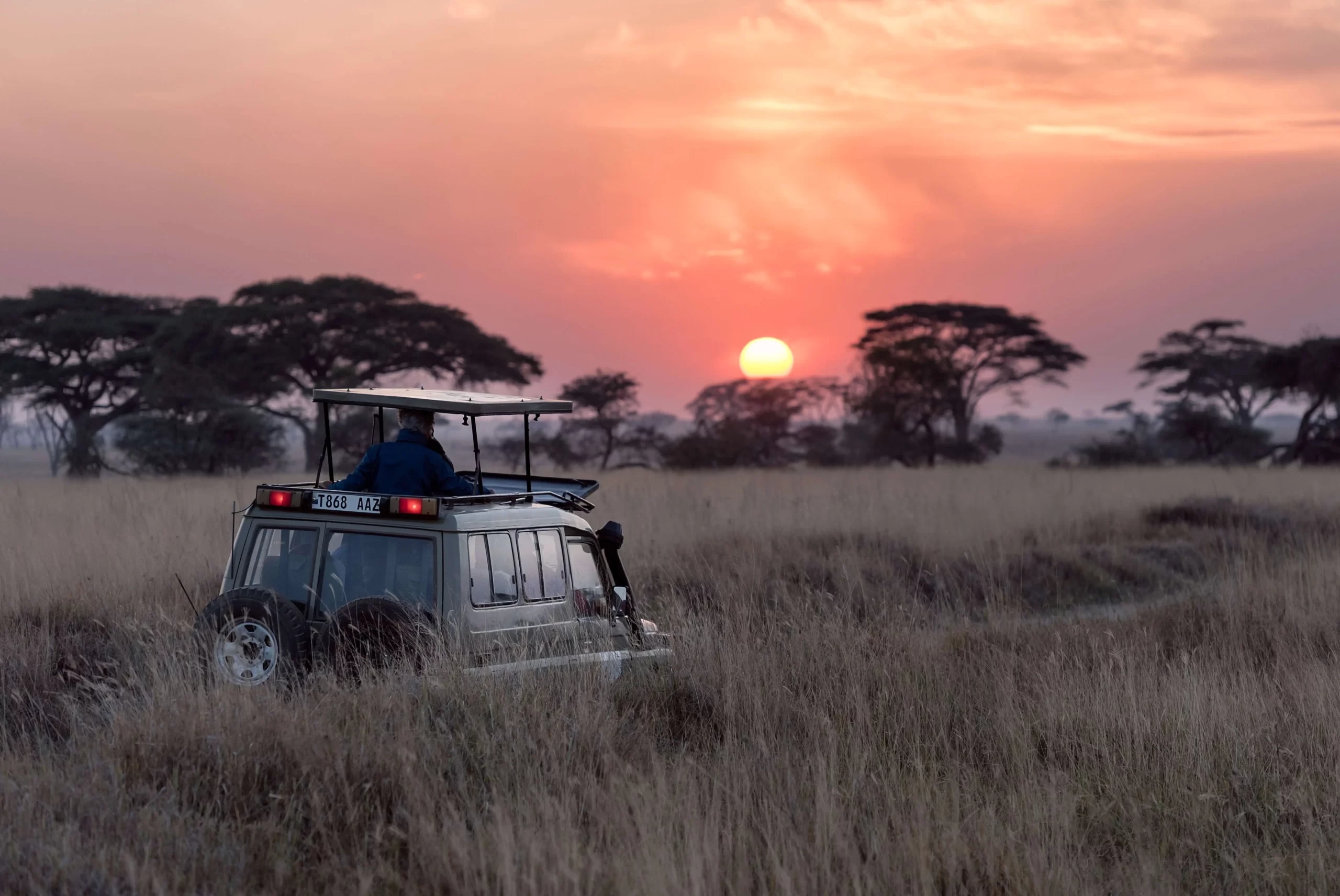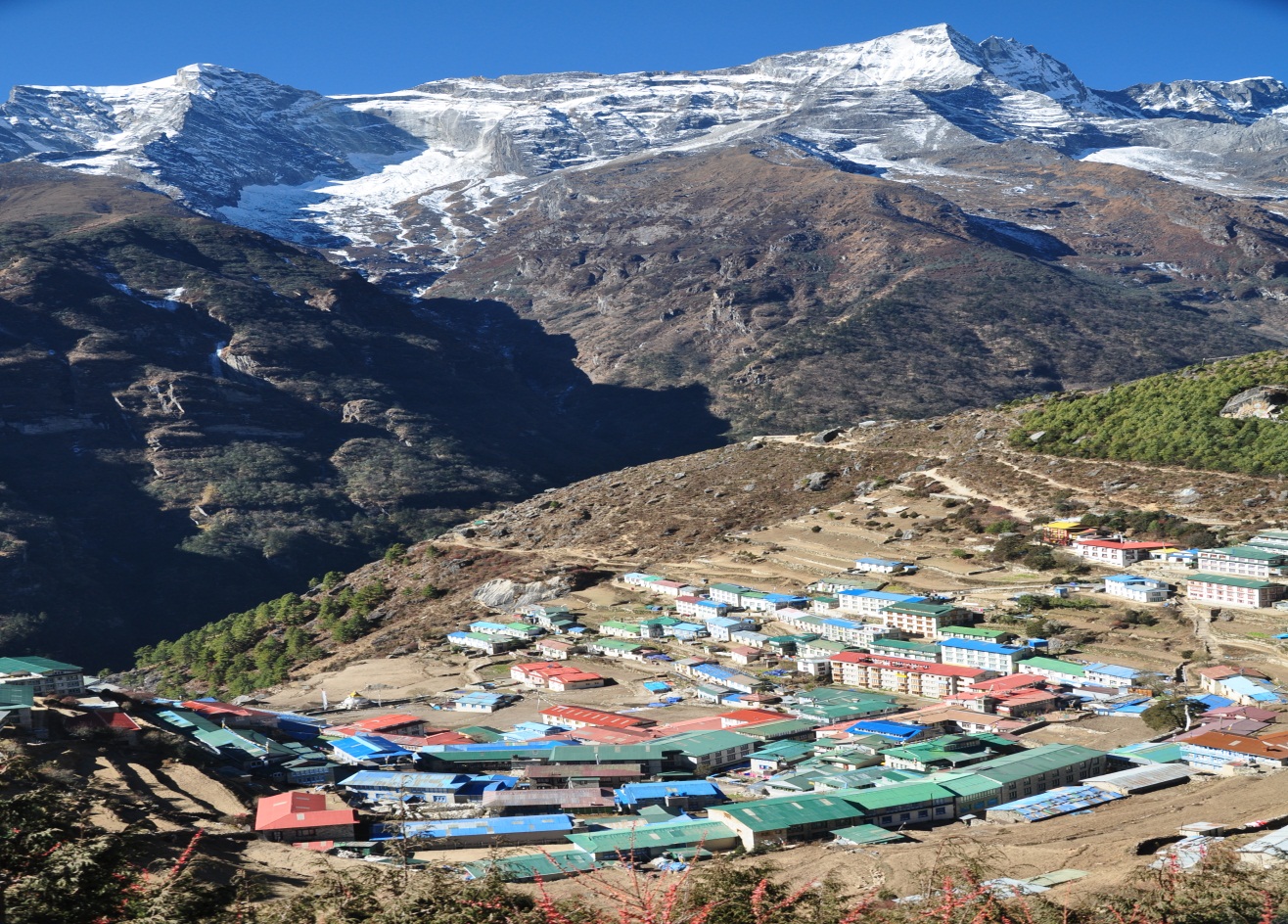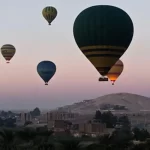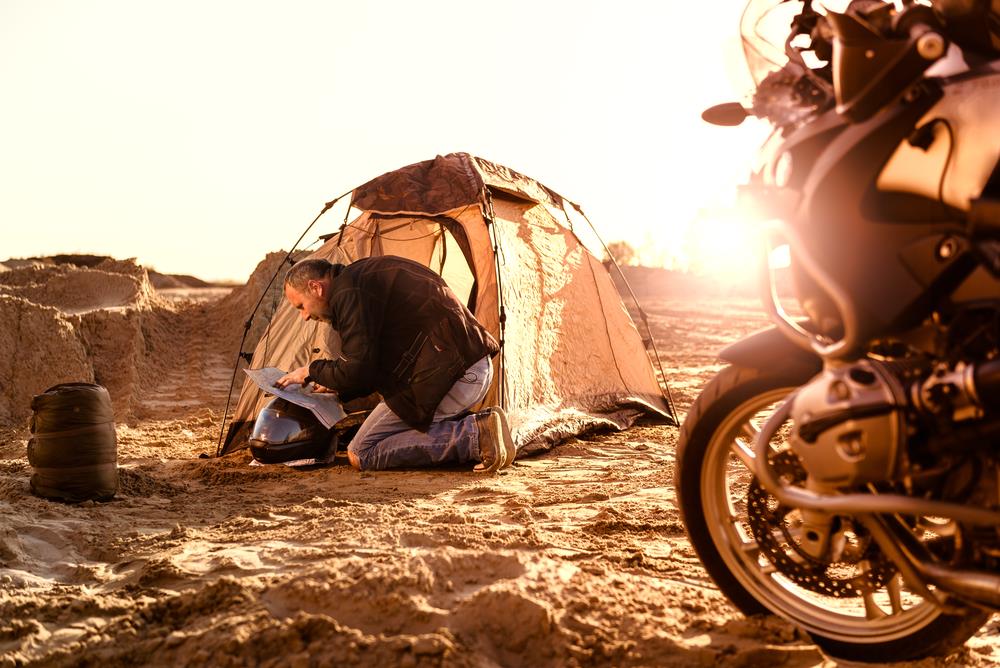Zambia has many things going for it. It is voted the safest country to visit on Africa. It is a remote wilderness that offers the chance for rich game-rich safaris, without the crowds of other destinations. Victoria Falls is the country’s most famous attraction. This area is the only one that is bustling. The powerful waters of the Zambezi offer visitors a variety of activities so that you can be as active or passive as you like. The ideal safari destination is Zambia.
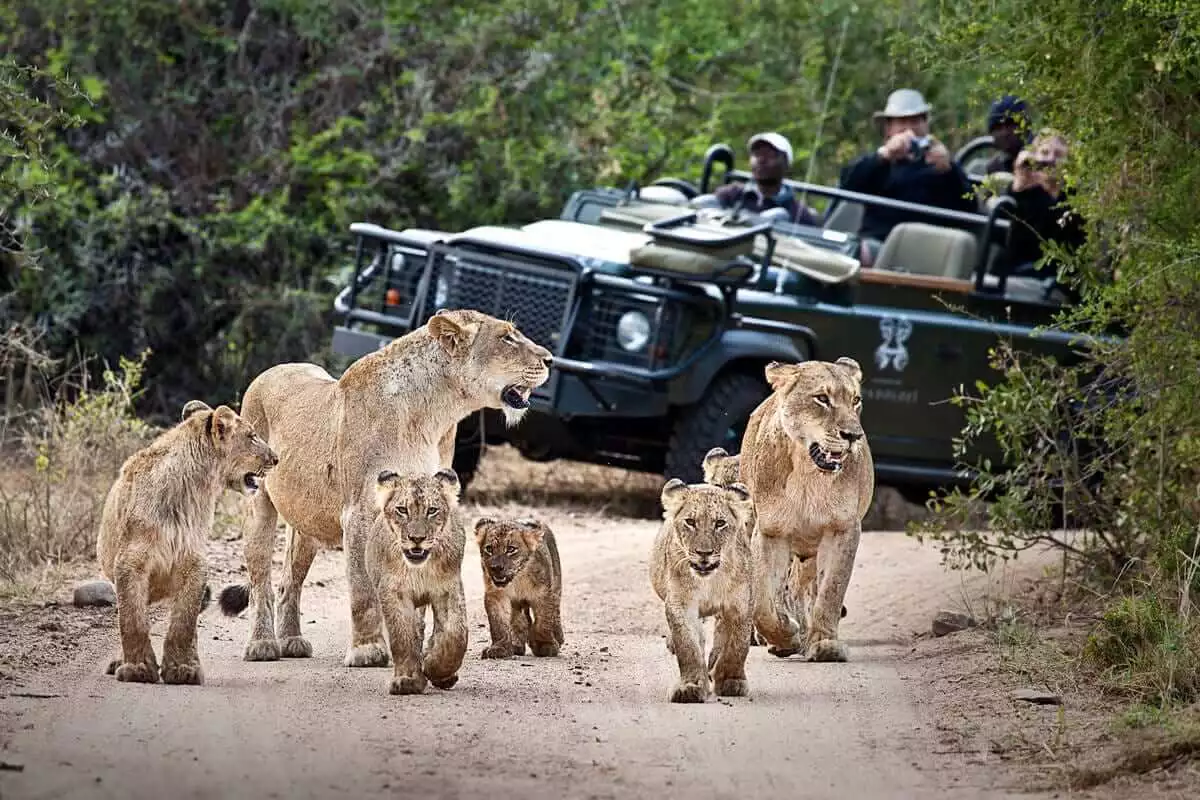
Victoria Falls
The 1.7 km-wide Victoria Falls is Africa’s most popular attraction. It is especially impressive when seen in full flow. Between February and May, the Batoka Gorge is flooded with more than 550,000,000 litres of water every minute. This amount is enough to fill 220 Olympic-sized swimming pools. Both Zimbabwe and Zambia can view the Victoria falls, although Zambia is quieter and more intimate. The flow might not reach the Zambian side from August to December, but day trips into Zimbabwe are possible.
Mosi-oa-Tunya National Park has many amenities for tourists, including a network of viewpoints and pathways, a restaurant, and numerous information boards. The Knife Edge Bridge is the most spectacular viewpoint at the falls on the Zambian side. It is covered in mist during peak flow. Livingstone Island and Devil’s Pool, which are located above the falls, can only be accessed from the Zambian side. The Devil’s Pool is a stunning swimming spot at the edge of the waterfalls. This is a great spot, but it’s only for the brave and only accessible between August and January. Skydiving, bungee jumping, and abseiling are all options for adventure sports. Rafting is best done between August and January when the river is at its lowest and more challenging rapids are accessible.
Lower Zambezi National Park
Lower Zambezi National Park, which is also home to South Luangwa’s Kafue, is one of Zambia’s top wildlife destinations. The park was devastated by poaching in 1980s. However, it has since been rehabilitated well. Unfortunately, the entire rhino population was decimated. The best place to see wildlife is along the rivers that border the park from three sides. The main water source for the region is the Zambezi River, which is also the most popular attraction, both for game and visitors. The park does not have any campsites. All lodges and tented camp accommodations are luxury to mid-range.
Lower Zambezi is well-known for its large numbers of elephant and buffalo that congregate along the Zambezi River in the dry winter months. As well as large numbers hippo andcrocodile, lion, leopard and hyenas are all common. You can also go on a short canoe or boat trip to the river if you feel adventurous. Canoe safaris of multiple days are available. They rank among Africa’s most unique experiences. These canoe safaris, while not without risk, are truly special. Experienced river guides lead small groups of people down one the most wild and spectacular rivers in Southern Africa. Tiger fishing is also very popular on the river. The best time to fish for tigers is between August and October. Anglers are attracted to this area by the large tigerfish. Many lodges offer special services for them.
Kasanka National Park
Kasanka has limited big game, but supports a number of interesting antelope species including the rare sitatunga, which is relatively common here. Crocodile and hippo are also plentiful, while buffalo, elephant and leopard are present, but rarely seen. The major wildlife attraction is the annual bat migration which begins in November each year. Up to 10 million bats, with wingspans over half a metre in diameter, cloud the skies in an incredible swarm – small predators and scavengers pouncing on any that fall. The park is also home to almost 500 species of birds, a quite astonishing number considering its small size. Fishing and canoe trips are available on the Luwombwa River, although river fishing is banned across Zambia from December to March. Many visitors combine Kasanka with a trip to the nearby Bangweulu Wetlands to see the shoebills and endemic black lechwe.
Liuwa Plain National Park
Liuwa Plain is one of Zambia’s most remote national park. It lies west of Zambezi River near the border with Angola. It is made up of large grasslands and a few pans. There are also clumps Kalahari woodland and palms scattered around. Like much of northern Zambia’s parks, it is flooded in the rainy season (December-April), making it difficult to access and explore even during the dry winter months. People who are able to find a way will feel as though they own the whole park. Liuwa Plain is a peaceful oasis that offers panoramic views, tranquility, and an innate sense of complete, magical isolation.
The annual blue wildebeest migration is the main attraction of Liuwa Plain. It is the second largest of its kind worldwide, with an estimated 40000 animals. The event occurs in November every year, when rising water levels force the herds to move southeast to find fresh grazing. Liuwa Plain’s birdlife, which has some pans that are open all year round, is another draw. They attract a surprising variety of species including marabou, saddle-billed and spoonbills, herons, and a notable bird seldom found in groups elsewhere: the Slaty Eagle. The hyena population is another highlight. They are estimated to number around 600 and take the top spot in Liuwa as Liuwa’s most powerful predator.

My name is Amanda. I am a travel blogger from the United States who loves to explore and write about my adventures! I have been fortunate enough to travel all over the world, and have seen so much of this beautiful planet that we live on. From hiking through a rainforest in Costa Rica or exploring a new city during one of my many trips abroad, there’s nothing quite like seeing new places for the first time. I love writing about what it’s like to be a woman traveling alone, as well as sharing stories from other female travelers around the world.

